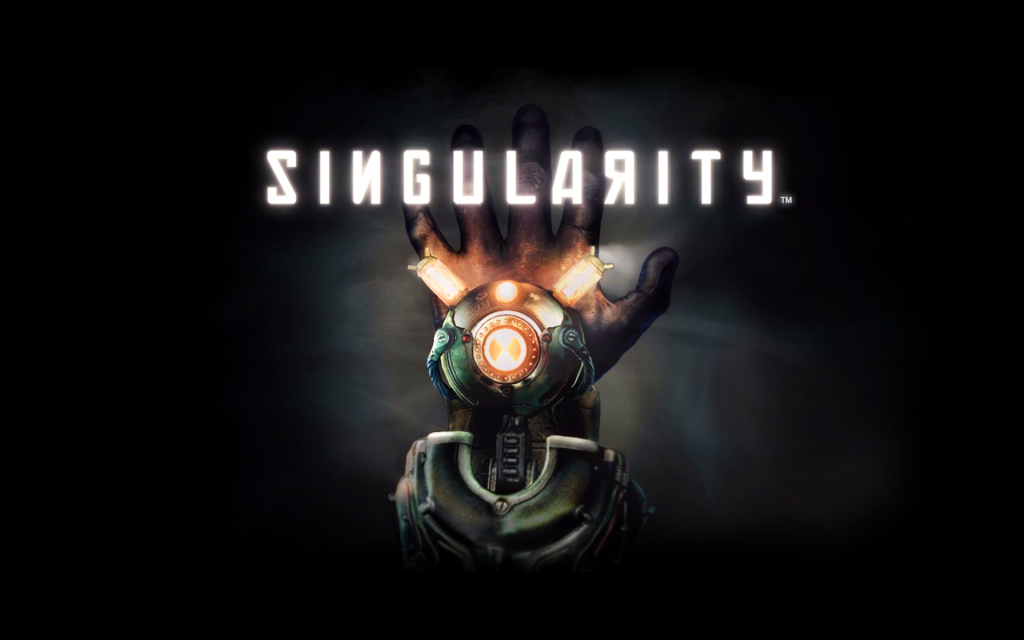This week I finished the eye rig for the monster and build the scene for our final shot in maya.
I started to rig the eye after Ziyin finished the modeling of it. The set of eye rig is not conplicated, which has eyelid controls, IK&FK eye controls and global controls. I added an offset group beyond the eyelid skeleton so that it can control the offset of eyelid when eye direction changed. I also added several blendshapes to correct the wrong deformations in this rig. Since the time is limited, I only added about ten blendshapes. The eye rig can be more flexible and realistic if I add more blendshapes on it.

A test for the eye rig:
I also rigged the pupil so that it can be zoom in or out:
After finished the rig, I started to build a simple scene for the final shot.
I build a simple background (cave) by using several noise nodes in Houdini. After that I import it into maya and use quixel bridge assets to build the foreground and midscene. After that I import all the rigs with textures inside this scene to do some layout and lighting. I want the monster eye hiding inside the darkness and character’s flashlight shooting towards it. The atmosphere must have some fog/smoke so that it can show the direction and shape of the light (Tyndall effect)


Here is a rendering test for this shot:

